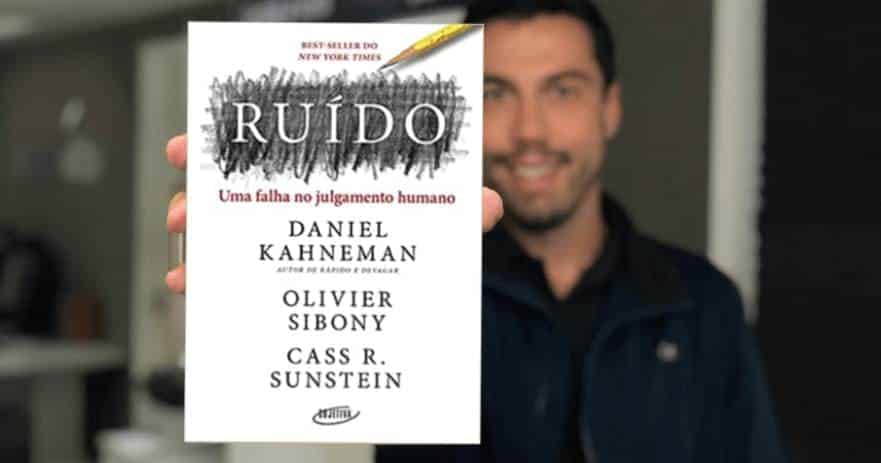
Noise: A Flaw in Human Judgment - Daniel Kahneman, Olivier Sibony, Cass R. Sunstein
Do you believe that you and your employees are making the best decisions for the company? Learn in this summary how to improve judgments to avoid losses!
Choose language:
